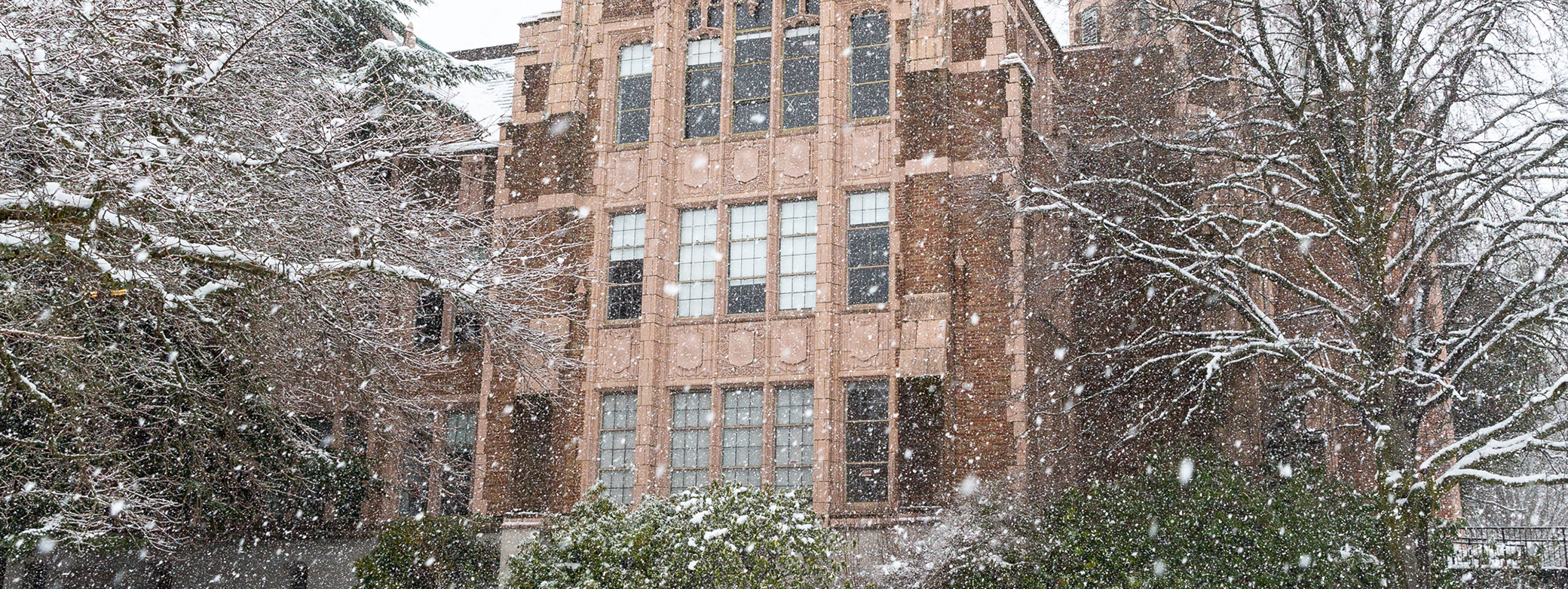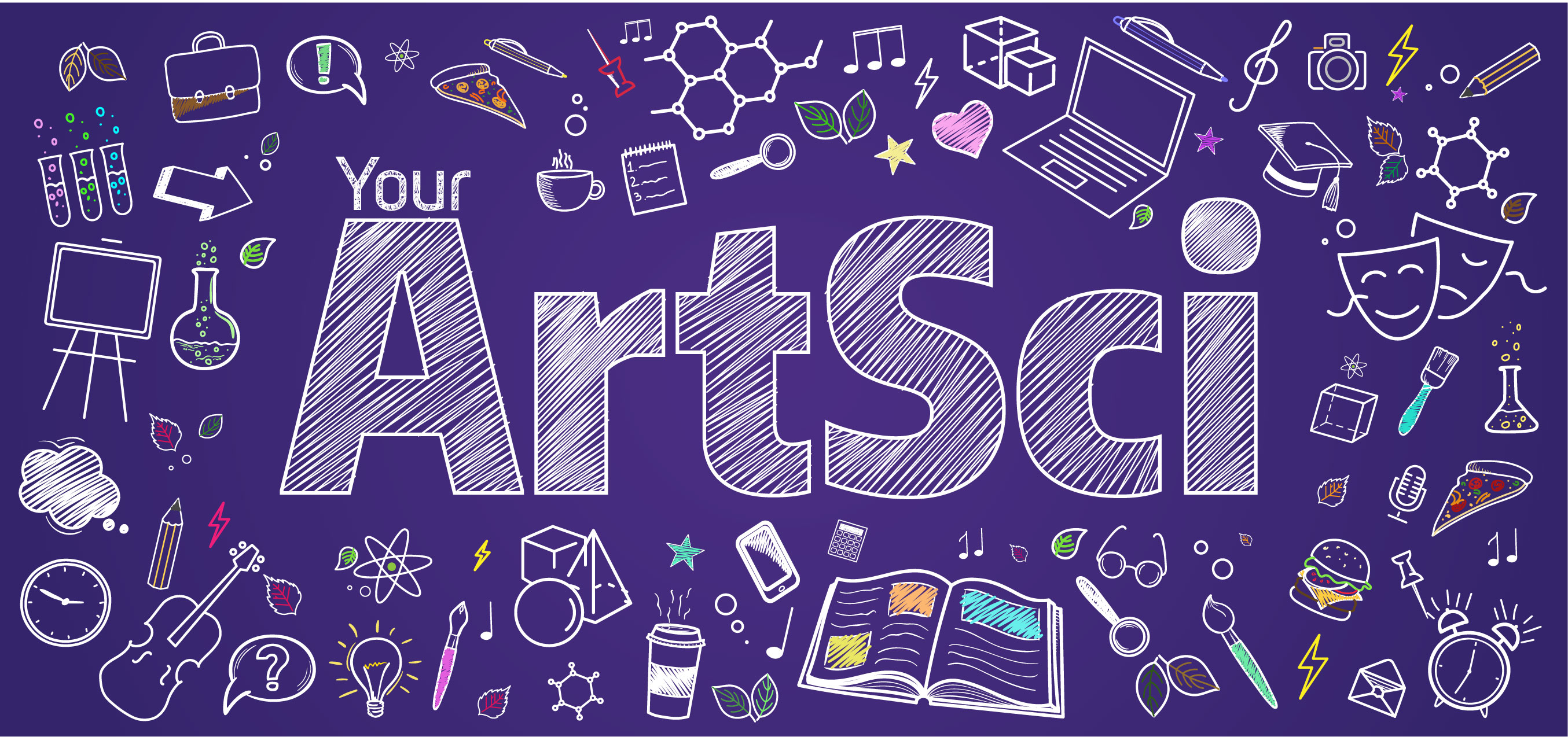
As you think about winter 2026 course registration, check out these unique Arts & Sciences offerings. They’re open to all students, have no prerequisites, and fulfill Areas of Inquiry requirements as noted.
Abbreviations for Areas of Inquiry: A&H (Arts & Humanities), SSc (Social Sciences), NSc (Natural Sciences), DIV (Diversity), Reasoning (RSN), W (Writing Option).
Issues in Contemporary Society
Storytelling
Art & Design
Science for Everyone
Language & Culture
Sexuality & Identity
Perspectives on War

Issues in Contemporary Society
Inuit, the Arctic, and Global Change
ARCTIC 210
Dive into the Arctic's role in global history — including Inuit interactions during early contact with outsiders, and their journey towards self-determination — and the region’s significance today. Learn about the impact of climate change in the Arctic and the region’s growing importance in global affairs including security, diplomacy, trade, and foreign relations.
Nadine Fabbi, International Studies (Canadian Studies)
5 credits, SSc
Geographies of Global Inequality
GEOG 230
This course addresses increasing global inequalities, asking what it means that Western, advanced economies are not the norm. The class will review the history and record of international development projects, with a focus on the shifting spatial division of labor and the international development industry’s role in shaping economic and social inequality.
Joe Getzoff, Geography
5 credits, SSc / DIV
Sports and Diplomacy
JSIS B 200
Explore how sports like as ping pong, Olympic hockey, and soccer's World Cup have been a tool for negotiating political relationships around the globe throughout history. You will learn about the link between international games and international relations through a study of fundamental concepts in diplomatic theory and case studies in sports diplomacy from diverse historical, political, and cultural contexts,
Ron Krabill, Interdisciplinary Arts & Sciences
5 credits, SSc
Drugs, Law, and Society
SOC 376 / LSJ 376
Ingesting consciousness-altering substances has occurred in virtually all known human societies. Sometimes the use of drugs is quite harmful; sometimes it is not. While some countries treat drug use primarily as a public health issue, it has been mainly defined as a criminal matter in the contemporary United States. Explore why people use drugs, how and why they are sometimes harmful (and sometimes not), and how societies use law to attempt to regulate the use of drugs.
Katherine Beckett, Sociology; Law, Societies & Justice
5 credits, SSc
Migrant Justice: Contemporary Movements for Change
JSIS B 326 / LSJ 326
Explore migrant justice efforts, focusing on the contemporary United States in a global context. This course will analyze challenges faced by migrants from around the world in the contemporary US and the efforts made to address them. Students will investigate research and advocacy efforts to promote migrant rights, using recent developments — such as current border policies and their ongoing impacts — as case studies.
Angelina Godoy, International Studies; Law, Societies & Justice
5 credits, SSc / DIV
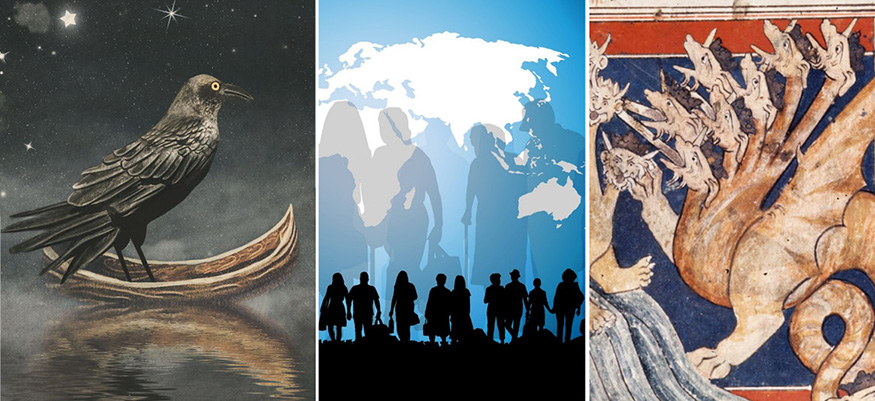
Storytelling
Fairy Tales, Revisited
(listed by various course titles)
GLITS 252 D / GERMAN 243 A / ENGL 265 A / ENVIR 295 A
Fairy tales are part of a storytelling web that stretches from sixteenth-century Italy to contemporary North America. This course will trace that web and spin it in new directions, understanding old tales and adapting them for new contexts and new audiences.
Jason Groves, German Studies
5 credits, A&H
Migrant Writers & Their Journeys
(listed by various course titles)
GLITS 313 A / SLAVIC 320 A
Millions of people leave their homelands hoping to start their lives elsewhere. Some are fleeing murderous regimes, economic precarity, or climate change, while others move for career advancement or personal enrichment. This class is about them and their journeys, with the opportunity to reflect on our backgrounds — where we come from and where we might be going.
Piotr Florczyk, Slavic Languages and Literatures
5 credits, A&H
Middle East Illustrated
(listed by various course titles)
MELC 286A / GLITS 314 C / TXTDS 401 B
Engage with the Middle East through images and stories. The class will explore how comics and animations shape our view of culture and history, and then students will experiment with telling their own stories visually and verbally, blending critical discussion and creative practice.
Selim Kuru, Middle Eastern Languages & Cultures
5 credits, A&H / SSc
Medieval Monsters
(listed by various course titles)
GERMAN 285 A / GLITS 252 E / CHID 250 B
From dog-headed saints to unicorns and werewolves, explore how premodern cultures imagined monsters to define and challenge the boundaries of what it is to be human. Through primary sources — including medieval short stories, epics, premodern maps, and art — the class will unravel how monsters reflect and reshape society’s fears and values, and how they connect to larger topics such as race, gender, and religion.
Annegret Oehme, German Studies
5 credits, A&H / SSc / DIV (Areas of Inquiry vary by department)
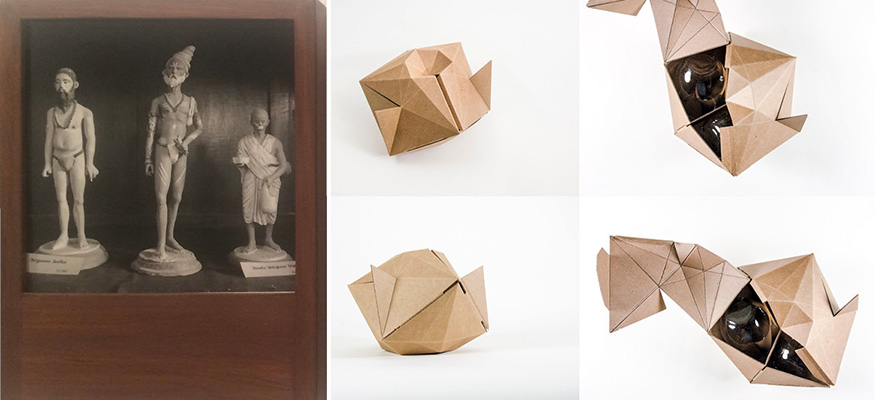
Art & Design
Design Foundations
DESIGN 166
Learn the basic principles of design and create a portfolio with your own design projects, moving from ideation to storyboarding and modeling. Projects include designing a cover for the New York Times Magazine, a package made from corrugated cardboard, and a product or service for UW students. You will also learn how to give and receive feedback from classmates and faculty.
Karen Cheng + Dominic Muren, Design Division, School of Art + Art History + Design
5 credits, A&H
Photography’s Histories in South Asia
(listed as “Themes & Topics in Art History”)
ART H 209
Dominant accounts of the history of photography invariably center Europe, positioning the Global South as a site of its outward spread. This course challenges this narrative by highlighting how colonial rule and surveillance made South Asia central to the development of photography. Explore photography’s role in regional processes of decolonization, its place in the history of postcolonial modernism and popular culture, and recent developments in photography's exhibitionary and published forms in contemporary South Asia.
Akshaya Tankha, Art History Division, School of Art + Art History + Design
5 credits, A&H / W
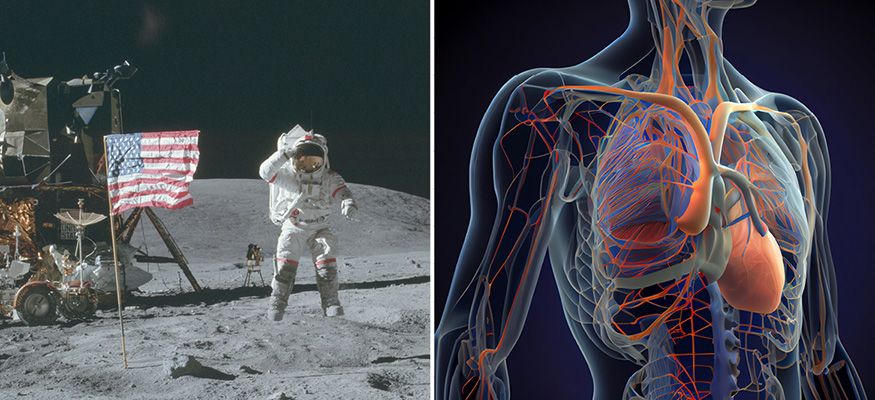
Science for Everyone
Sex, Death, and Evolution
BIOL 103
Evolution is the conceptual foundation of the life sciences. While evolutionary biology's fundamental principles are simple enough that you can write them on an index card, the field offers insights into real-world matters of life and death.
Jon Herron, Biology
2 credits, NSc
Exploring The Moon
ASTR 105
Learn about the only time in history that humans walked on another world. For an astonishingly short period of time (July 1969 to December 1972), humans walked on the moon. This class will address the questions: Why did we do this, how did we do this, what did we learn, and why do we want to go back?
Toby Smith, Astronomy
5 credits, NSc
Survey of Physiology
BIOL 118
How do you digest food? How do your muscles work? How does your body’s functioning change when you feel stress? The field of human physiology explores how the systems of the human body function in healthy bodies and in bodies that are facing disruptions in homeostasis. In this course for non-majors and health sciences students, you will learn by working through case studies, solving problems, and making predictions about physiological and societal effects of health issues.
Sayako Kawashima, Biology
5 credits, NSc
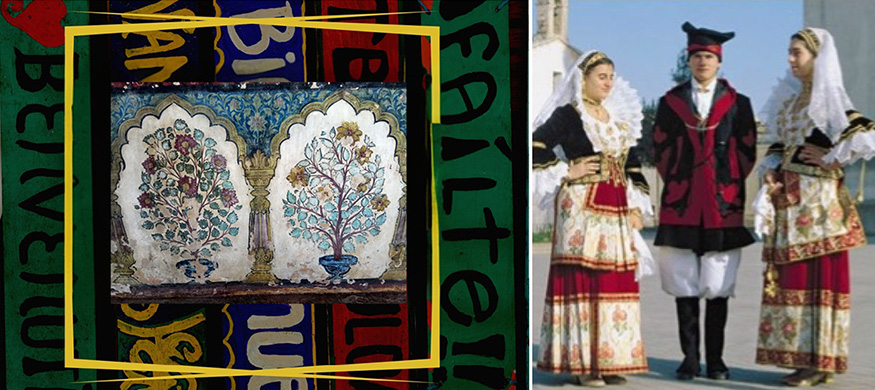
Language & Culture
Namaste: Language Politics & South Asia
(listed as “Special Topics in Literature and Culture of Asia”)
ASIAN 207 A
Whether you are curious about the South Asian region, have been greeted with a ‘namaste’ at your local yoga class, or grew up around South Asian languages. explore South Asia and the politics of language through the writings of South Asian and diasporic authors. Across three modules — representation, colonialism, and speech and accent — learn how debates about language have shaped South Asia and its diaspora and consider language's relationship to the self and the world.
Sravanthi Kollu, Asian Languages & Literature
5 credits, A&H / SSc
Fashion, Nation, and Culture
ITAL 260 / ART H 260 / JSIS A 260
Italian fashion is iconic, globally-regarded as a standard of quality and style. This class (taught in English) will unpack how Italian sociocultural development set the stage for some of the world's most desirable fashion by connecting the Italian take on life to economic development and national ambitions.
Susan Gaylard, French & Italian Studies
5 credits, SSc / A&H
Ways of Meaning: Universal and Culture-Specific Aspects of Language
SLAVIC 425
Language is a mirror of culture and national character as well as means of communication. Learn what is universal and what is culture/language specific in the linguistic expression of key human concepts. Students will be introduced to research methods in semantics, pragmatics, and discourse, and will gain an appreciation of the social and cultural underpinnings of their own and other languages.
Katarzyna Dziwirek, Slavic Languages & Literature
5 credits, A&H
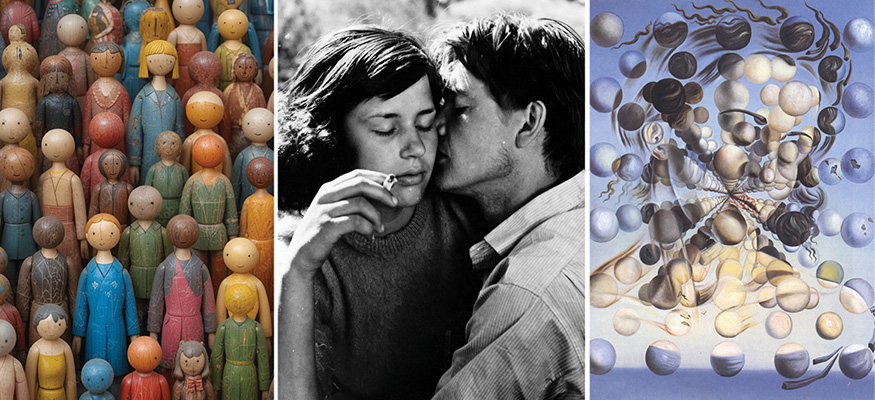
Sexuality & Identity
Gender and the Hindu Goddess
ASIAN 498 B / RELIG 456 A
Explore the world of the Hindu Goddess! Some of the questions to be discussed include: What are the many manifestations of the Goddess? What are her major festivals and how is she celebrated and worshiped? How does she function as a role model for Hindu women? How does she pervade high-brow literary as well as popular culture? Students will keep a Goddess Journal, co-lead one class discussion, and work on a final presentation to be written as a paper or short essay.
Heidi Pauwels, Asian Languages & Literature
5 credits, A&H / DIV
Rethinking Diversity
CHID 260 A
There’s quite a lot of talk around equity, diversity, inclusion, and social justice, but what do these terms actually mean? This class focuses on identity and social differences in a friendly and generous atmosphere that will not shame you for not knowing. We will investigate the meanings and implications of race, gender, class, sexuality, disability, and other social differences, and discuss how ideas about “difference” and “diversity” play out in society, our campus, and our own lives.
Anu Taranath, Comparative History of Ideas
5 credits, DIV
Sexuality in Scandinavia: Myth and Reality
SCAND 367
Explore how Scandinavia achieved its reputation as one of the most egalitarian and sexually open regions in the world. We use art, literature, film, and more to understand the Nordic region's complex and varied histories of family, gender, and desire. What has changed (or stayed the same) since the morality debates of the 1880s? Everyone wants to talk about sex — let's do it with intention!
Olivia Gunn, Scandinavian Studies
5 credits, A&H
The Body Politics of Gender
(listed as “Topics in Political Theory”)
POL S 301 A
Are our bodies political? This class will ask how our gendered body is produced, what it feels like to live inside a gendered body, and how our body can be a site of coercion and violence but also of political resistance. We will read 'banned books' about gender and sexuality, watch and discuss contemporary movies like “Barbie” and “Women Talking,” make our own podcasts, and think and write about what it feels like to live inside our own gendered bodies.
Noga Rotem, Political Science
5 credits, SSc
The Diversity of Human Sexuality
PSYCH 210
The course, the most popular in the history of the University, considers biological, psychological, and socio-cultural determinants of human sexuality and sexual behavior. Using a sex-positive approach, the course explores essential aspects of human sexuality, including anatomy, sex and gender, sexual behavior, and sexual relationships.
Nicole McNichols, Psychology
5 credits, SSc/DIV
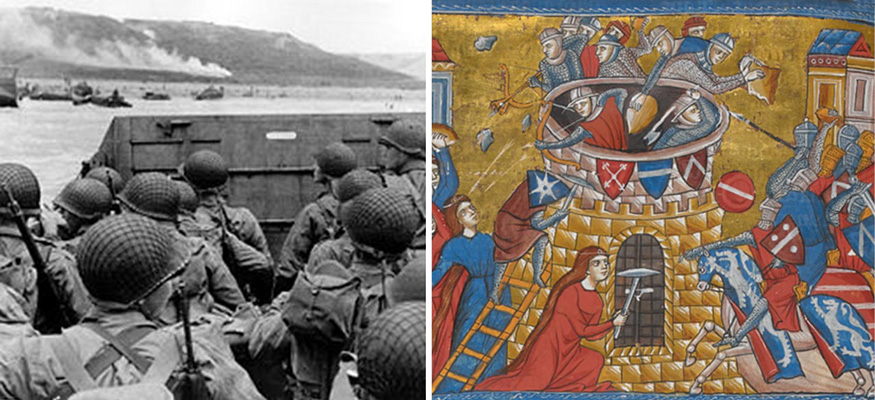
Perspectives on War
Archaeology of Ancient Middle Eastern Warfare and Empire
MELC 350 / MELC 596 B / ARCHY 350 A
Explore the role of warfare in ancient Middle Eastern societies through a series of case studies. From Sargon to the Sea Peoples to Ramses II, why and how did societies go to war? The class will also consider the challenges of studying warfare archaeologically and why human violence exists, and will reenact a famous battle according to ancient sources.
Kathryn Medill, Middle Eastern Languages & Cultures
5 credits, SSC
The Crusades: Middle Eastern and Global Perspectives
HSTAFM 261 A
Examine the Crusades — including their political, religious, ethnic, social, and gender implications — through Western European, Byzantine, and Islamic sources as well as material culture. The course, a one-time offering taught by a visiting professor, covers the origins of crusading culture and the later impact of the Crusades, including their influence on European expansion and colonization of the Americas, as well as the modern legacy of the Crusades.
Chris Bonura, History
5 credits, SSc
The Second World War
HSTEU 415
Our world was created by the Second World War. It emerged from the nexus of mass mobilization, industrialized warfare, and racialized extremism. Its end ushered in the atomic age, the Cold War, and the United Nations. This course explores why the Second World War happened, how it unfolded, how it was experienced on the battlefield and home-front, how it affected minorities, and how it has shaped our own time.
Eric Johnson, History
5 credits, SSc / DIV
More Stories
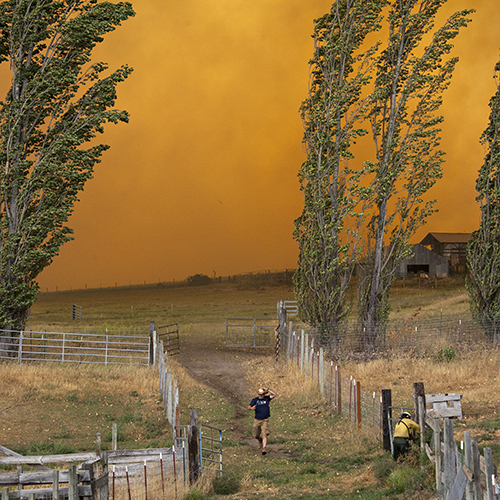
10 Arts & Sciences Stories from 2025
As 2025 comes to a close, we're sharing some of the year's top Arts & Sciences stories.
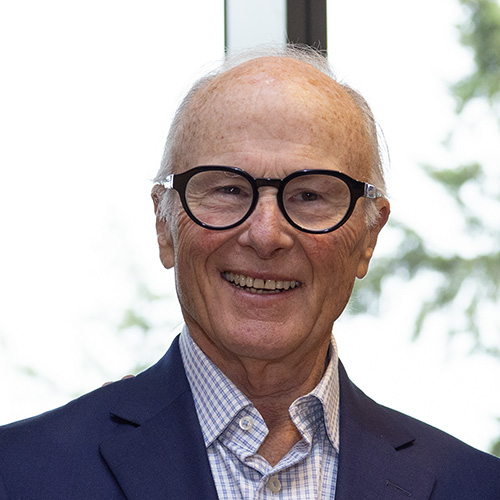
A Transformative Gift for Arts & Sciences
To honor his wife and support the college that has meant so much to both of them, former Arts & Sciences dean John Simpson created the Katherine and John Simpson Endowed Deanship.

A "gesture" to jump-start careers
To prepare students for professional success, the UW College of Arts and Sciences offers “gesture,” a mock startup company where student interns gain skills that employers seek.
